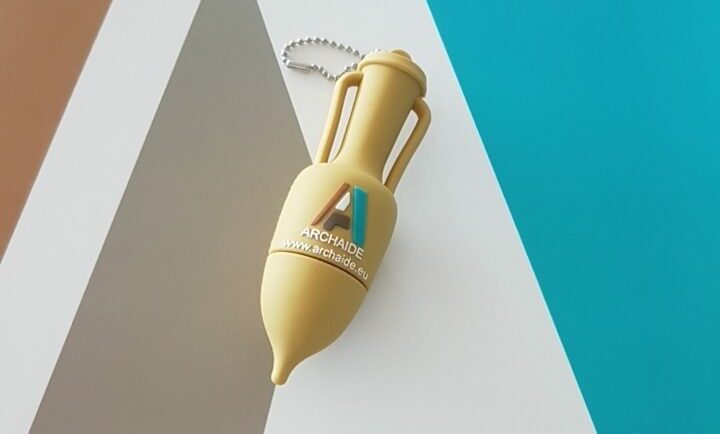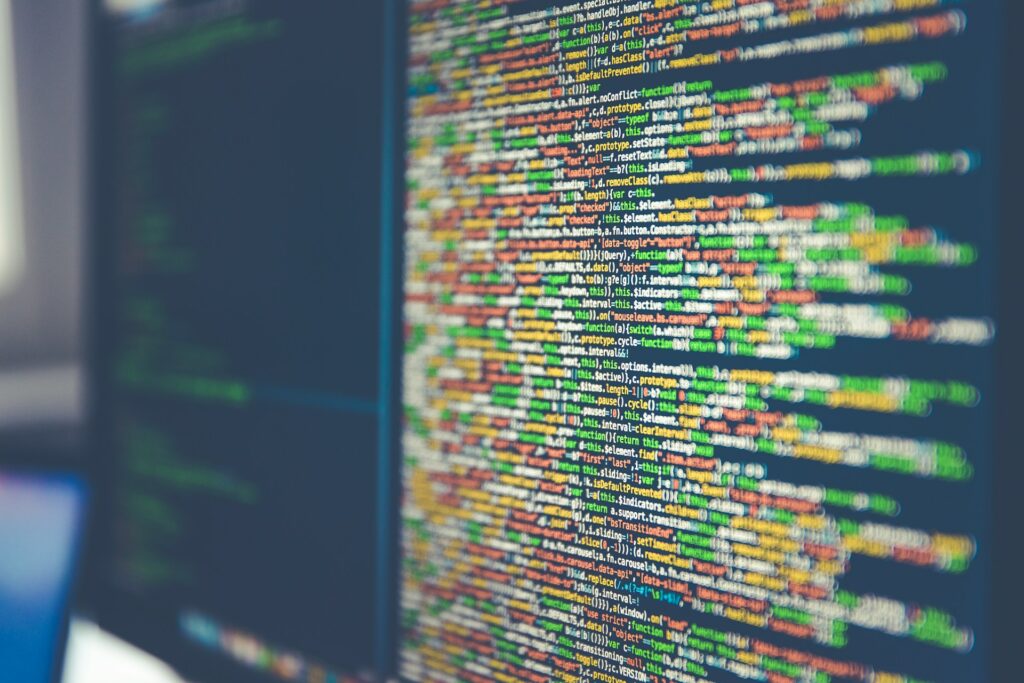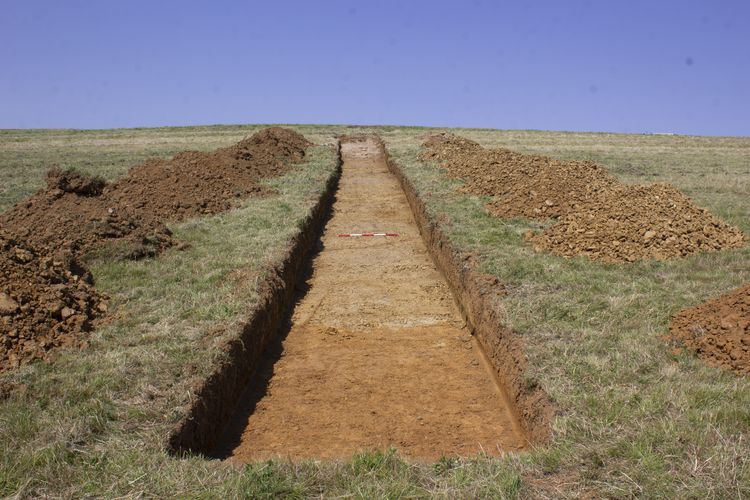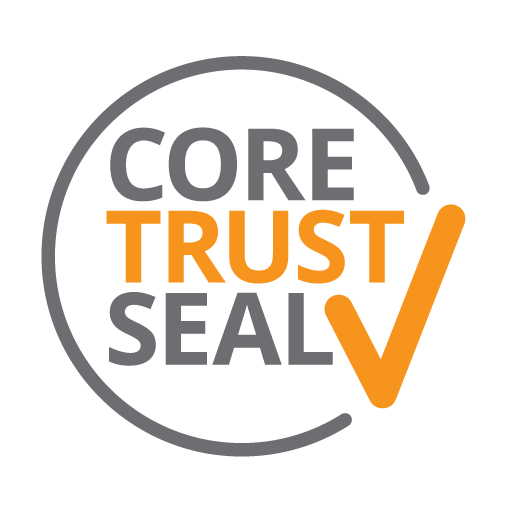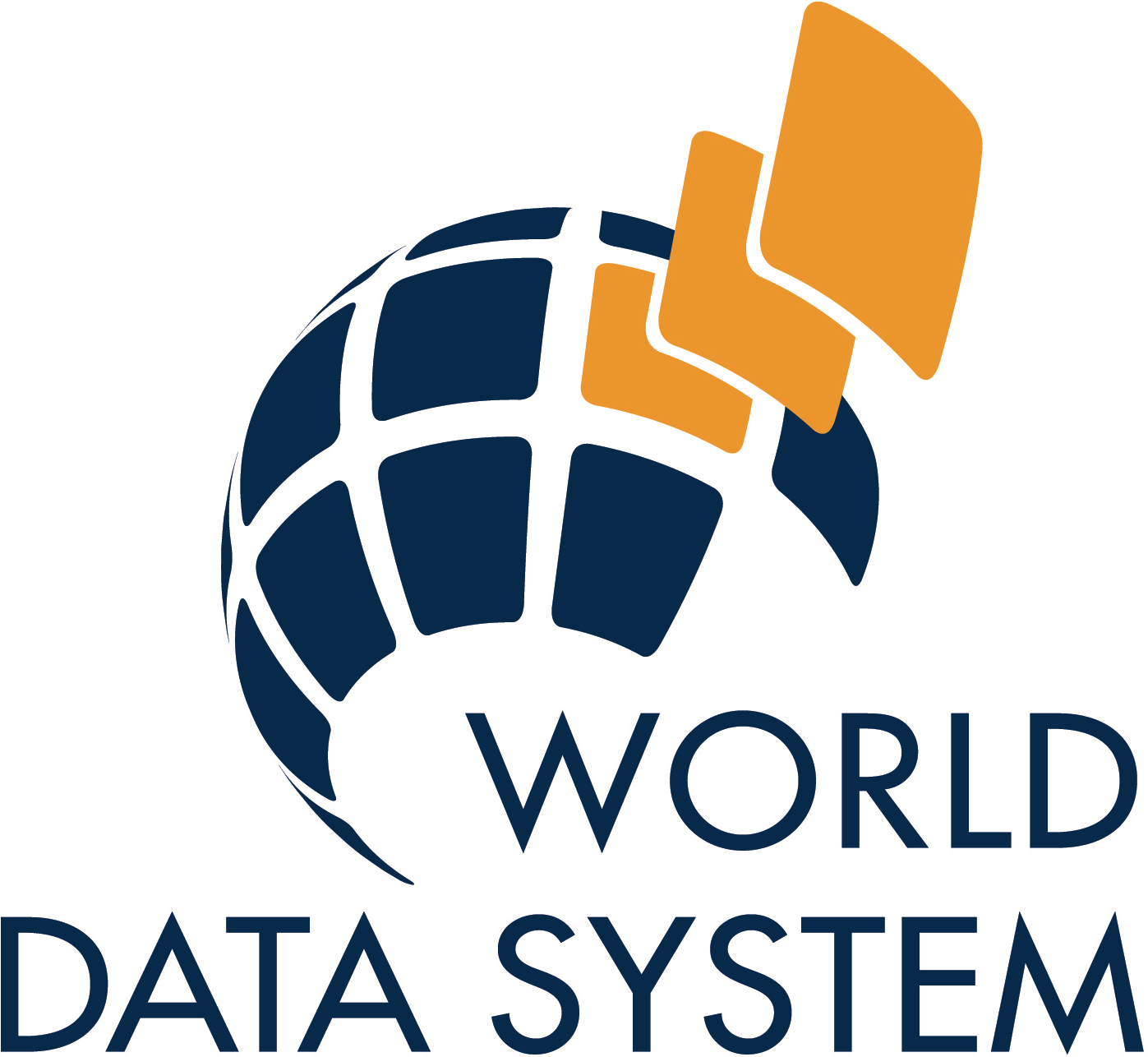 The annual EAA Conference will be held this year in Maastricht, the Netherlands from 30 August to 3 September. The ArchAIDE project would like to invite papers related to the topic of automation in artefact recognition. Papers are encouraged which not only highlight technical possibilities, but also challenges facing artefact recognition by archaeologists working across Europe. Session details are available below:
The annual EAA Conference will be held this year in Maastricht, the Netherlands from 30 August to 3 September. The ArchAIDE project would like to invite papers related to the topic of automation in artefact recognition. Papers are encouraged which not only highlight technical possibilities, but also challenges facing artefact recognition by archaeologists working across Europe. Session details are available below: 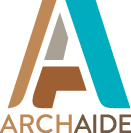 Session 166: Automation in artefact recognition: perspectives and challenges in archaeological practice
Session 166: Automation in artefact recognition: perspectives and challenges in archaeological practice
Theme: Interpreting the archaeological record
Session format: Papers, maximum 15 minutes each
Deadline Extended to 25 March, 2017
You can submit a paper to the session via the EAA website
Given that artefacts are of fundamental importance for the dating and interpretation of archaeological contexts, the automatic recognition of artefact types has been one of the ‘golden chestnuts’ of archaeological computing, dominating computer application papers of the 1970s and 1980s, but development of a practical working system has not been successful. Nonetheless, software and image recognition technology has moved on, and projects like ArchAIDE, DADAISM and GRAVITATE are working towards the (semi-) automatic recognition of artefacts (pottery, metalwork, stone tools, plastic arts, etc.) and the (partial) automation of archaeological workflows.
Artefact recognition is a time consuming activity, and spending time (and money) in repetitive work is not optimal, but automation can help in supporting interpretation with innovative computer-based tools. Artefact recognition calls for complex, specialist skills which are not always available. Automation can facilitate specialist interpretation for generalists, increasing the number of researchers able to devote more time to data analysis, and consequently to greater comprehension and new knowledge in areas such as trade and exchange, supply and production, religious or social affiliation, and so on.
Based on this assumption, we call for papers to foster both theoretical discussion as well as practical solutions, focused on how automatic artefact recognition could:
• produce new interpretations;
• revolutionise archaeologists’ habits, behaviours and expectations;
• create societal benefits from cultural heritage, improving access, re-use and exploitation of digital cultural heritage in a sustainable way.

